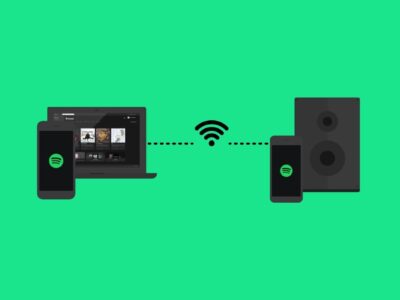Five Positive Effects of Technology on Education
The co-Microsoft founder Bill Gates once said, “Gadgets in the classroom has a horrible track record.” However, many students and teachers alike would beg to differ. There is no doubt that the surging trend of technology affects not only the business sector but also the educational sector.
The evolution of educational technology is not something new. It has been evolving in the last decade, but it is recently adopted in schools the world over. The sophisticated gadgets, computers, and whatnot bring about more interactivity within the classroom, as what students and teachers claim.
Let’s delve deeper and learn why technology and education is now a new tandem for progress. These five positive effects of technology on education will make any naysayer think twice. Read on to find out!
1. Accessible Content and Information
In the past, library cards are students’ golden tickets to learning. They would have to procure these to get access to information. Then they would spend hours at the library or borrow the book and return as needed. That whole process is entirely changed today. While some still prefer the comfort of a library and the smell of a vintage textbook, most students scour for information online. Not only does the information superhighway provide free access these days, but the internet also makes for more convenient and cost-efficient learning.
For one, students no longer have to commute to public libraries to search for information. Secondly, they don’t have to pay for books on particular subjects or topics. Last but not least, they are no longer limited to books with authors that publish their work occasionally.
These days, they have information right at their fingertips. Plus, most of it is free. And the most notable positive effect is that the internet curates the best content from the experts out there. With Google algorithms that help filter out the authoritative sites from the bad ones, students are guaranteed to learn from the best.
2. Worldwide Integration
Technology has not only become a channel for like-minded students all over the world, but it has also been an avenue for learners with limited abilities. For instance, students who are not comfortable spending time learning in classrooms can now subscribe to online classes. And to emphasize, eLearning has seen a growing trend for the past few years.
Additionally, students can collaborate better when it comes to school projects, research, and more. Cloud computing, for instance, has made it easier for collaborators in remote areas to have access to information in real-time. Lastly, students are no longer limited to educational assistance.
For example, there are online paper help services for students who want support in their writing projects. There is also a myriad of free video tutorials for students wherever they are in the world.
3. Inclusion
This is probably the most significant positive impact technology has on education. Experts stated that there is a vast majority of disabled students who have no college degrees. Although learning from online classes is prevalent, as mentioned in the previous paragraphs, getting official diplomas are limited to licensed educational institutions only. And while students with disabilities would be willing to try their best in classrooms, sometimes the circumstance just doesn’t cut it. These days, technology has whipped up systems and algorithms that cater to disabilities in students.
Options like speech-to-text or text-to-speech features will put disabled students in the same level-playing field as others. Also, SEO has the ALT text for images for blind students to know what the
pictures on the internet are. Small trends like these embrace inclusion and diversity in learning. In turn, this creates a massive impact on the education sector.
4. Multimedia Learning
The age of multimedia learning is here, and with it comes a new technique for students to digest information daily. The conventional green boards, chalks, and manual writing have long been replaced with new media. Projectors, laptops, gadgets, and the likes are now in. That said, students can now learn from different learning media like videos, audios, and articles. They can easily copy-paste information to their digital notepads as well.
Overall, it’s easier for students to customize their methods with all these free tools and software online.
5. Higher Engagement
Simulation activities are no longer limited to writing on paper. Nowadays, students can try fun and interactive tests and activities online. For instance, virtual reality clips and games can encourage children to start learning at an early age as they’re more visually appealing than textbooks. Augmented Reality can also increase engagement in children. Online platforms have also become user-friendly for younger learners. The trend of interactivity in online tools can foster engagement with students. In turn, this can lead to a better way of learning that leads to a more positive outcome.
Final Words
Technology may have gotten a bad rap in the past within the education industry. However, people can’t change the fact that students are adapting to this omnipresent and effective pedagogy. It’s also high time for schools still bound to conventional techniques to adapt to the changing trends to invite more tech-oriented students.






